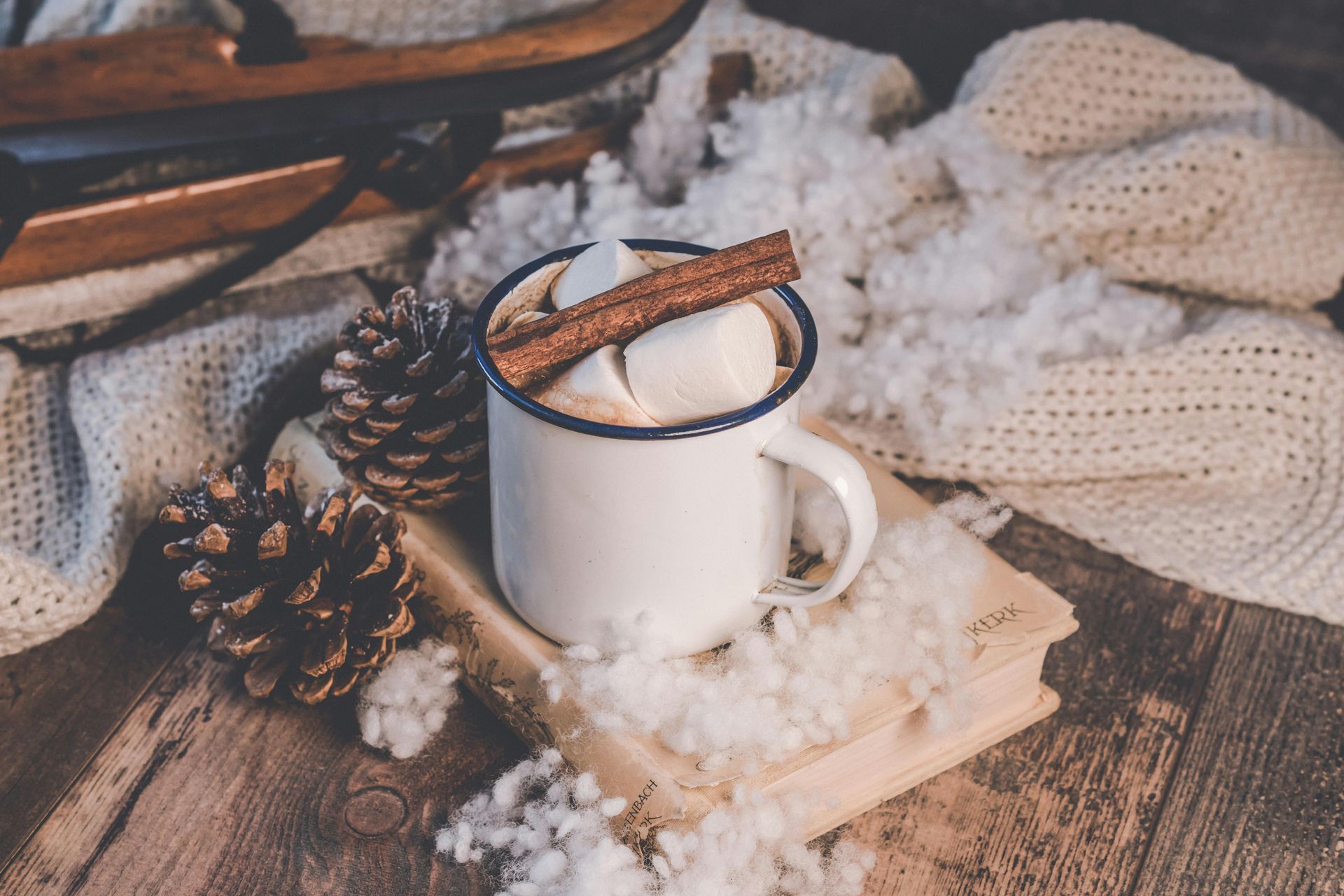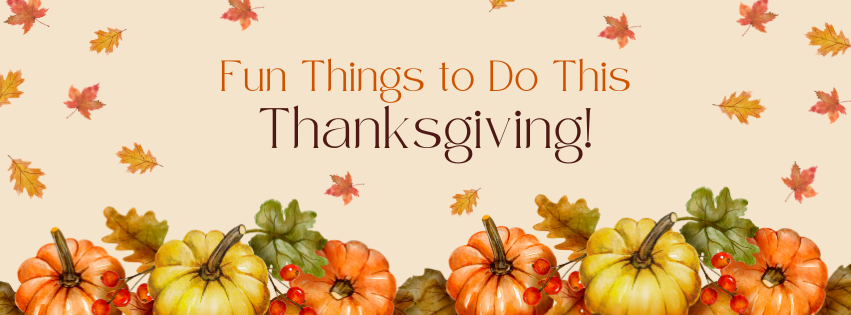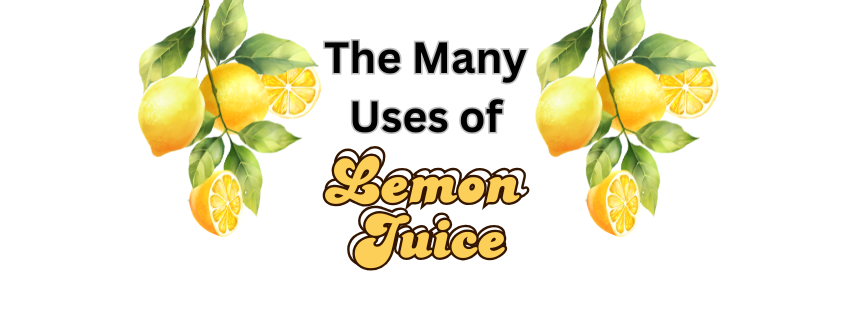Our Tips For Battling Seasonal Affective Disorder
These suggestions are not intended to replace appropriate professional advice. Please check labels and consult your pharmacist if you take medication.
What Is Seasonal Affective Disorder?
When the sun goes down at 4:30pm and the rest of your night is haunted by the darkness. Okay, maybe that’s a little overdramatic, but Seasonal Affective Disorder is very real and can negatively effect your mood and emotions. Luckily, we have some tips that that will help you navigate the winter months a little more easily.
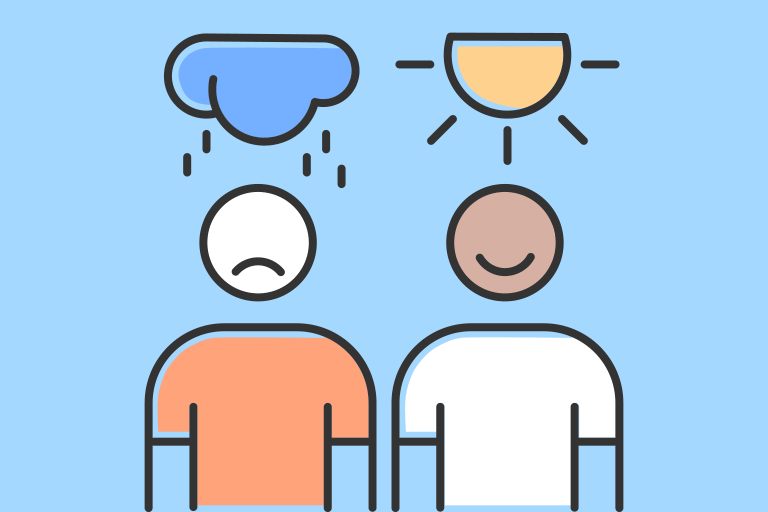
Seasonal Affective Disorder or SAD is a type of depression that happens during the colder months. Having less exposure to daylight may trigger a chemical change in the brain that leads to symptoms of depression. Crazy that something 147 million miles away can have such a huge effect on our day-to-day lives!
How Common Is Seasonal Affective Disorder?
Seasonal Affective Disorder accounts for an estimated 10% of reported cases of depression.
An estimated 15% of Canadians report at least a mild case of SAD within their lifetime.
2 to 3% of Canadians report a serious case of SAD within their lifetime.
Women may be up to nine times more at risk for SAD than men.
How To Overcome SAD
You won’t be able to fix your Seasonal Affective Disorder completely, but there are a few activities/products that will make those cold, dark nights easier to get through!
Exercise
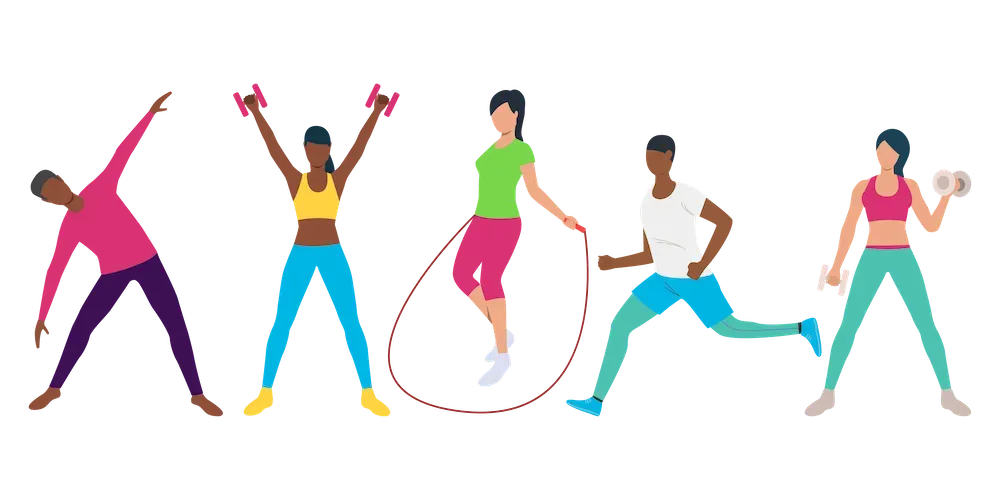
This is key to battling your Seasonal Affective Disorder. It is recommended that Canadians have at least 150 minutes of exercise per week. It may be difficult with the winter weather, but even simple exercises like jumping jacks, burpees or lunges can help fight your SAD.
Light Therapy

Light Therapy is a great way to combat SAD. It starts off with a light therapy lamp, an electrical tool that shines bright light into your face that mimics sunshine. Many have reported that after a week of using a light therapy lamp, their SAD symptoms became less intense.
Outdoor Time

Spending more time outdoors and breathing in fresh air will also be a good way to help. We know it gets cold during SAD months, so try to do something winter-related like building a snowman or going tobogganing with friends/family.
Find A Hobby You Like

Engage in hobbies that bring you joy. Take the time during these winter months to reacclimate into some of your old favourite hobbies. Whether it’s writing a short story or a new DIY project, keeping yourself busy will keep your mind off of the darkness outside!
Products That Help Alleviate SAD Symptoms
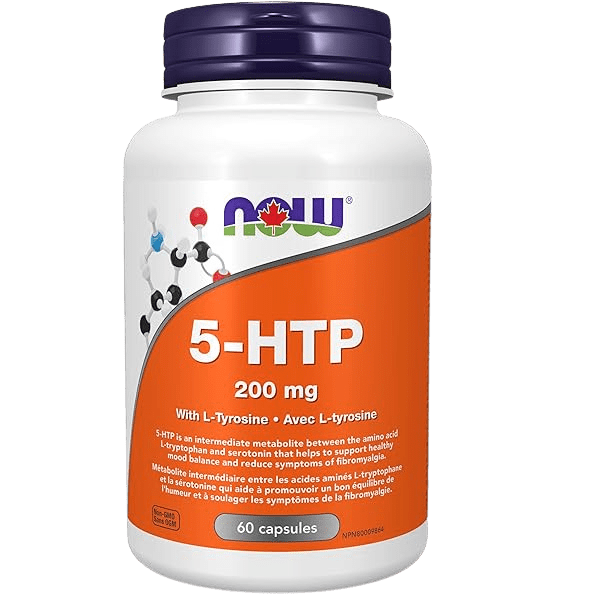
Now 5-HTP
NOW 5-HTP Supplements help raise serotonin in the brain. Serotonin helps regulate mood and behavior so it will have a positive effect on sleep, mood, anxiety, appetite, and pain sensation. Come visit us today to buy some!
Platinum Naturals D3 Drops
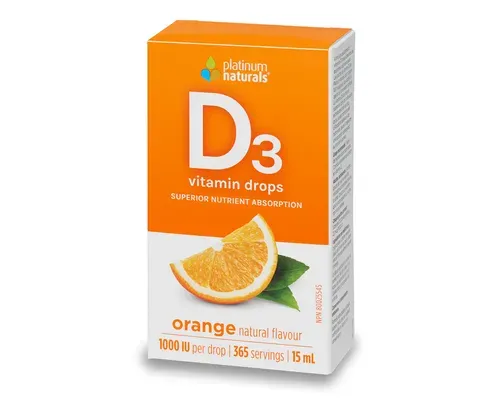
Lack of sunlight means a lack of Vitamin D. Luckily, you can make sure you’re up to speed by taking Platinum Naturals D3 Vitamin Drops, which is a natural, convenient and additive-free way of getting nutrients into your body.
Living Alchemy Ashwagandha Alive

The cold weather can also affect your anxiety and stress, and Living Alchemy’s Ashwagandha Alive, is a great way to combat those feelings. This is a adaptogen that will help when you feel stressed out during the cold, holiday season.
St. Francis Turmeric
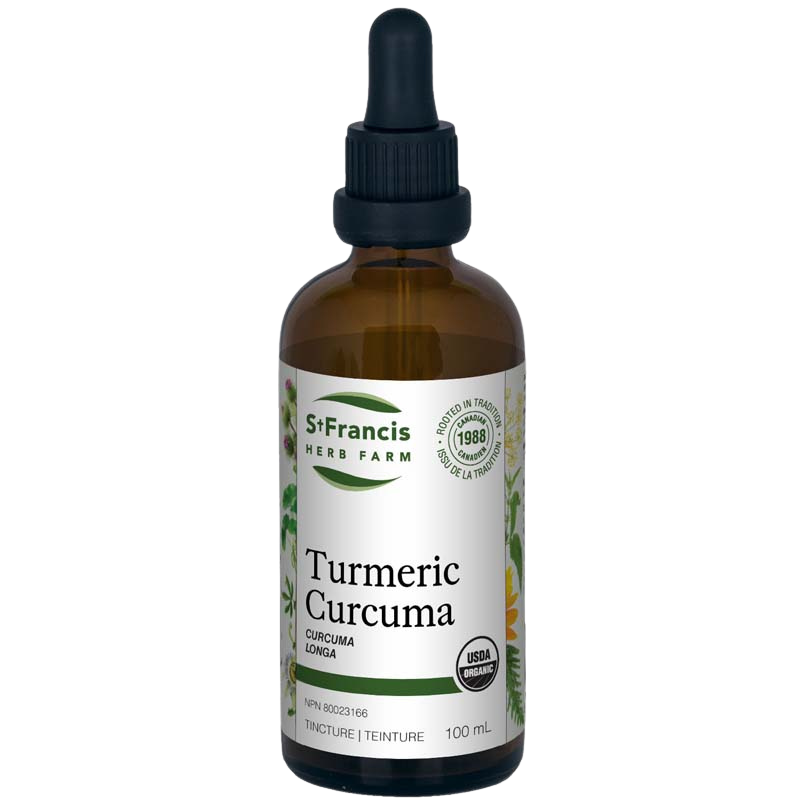
Studies have shown that by reducing inflammation, curcumin can have a positive effect on your mood. St. Francis makes a great turmeric that you can buy in our store right now. This is a great product that can really help in your fight against Seasonal Affective Disorder.
Stress-Relax Saffron Extract

Stress-Relax Saffron Extract has been clinically proven to help manage stress while supporting mood balance. This will help keep your mind positive for those nights where the darkness is really getting to you.
Renew Life Ultimate Care Probiotic
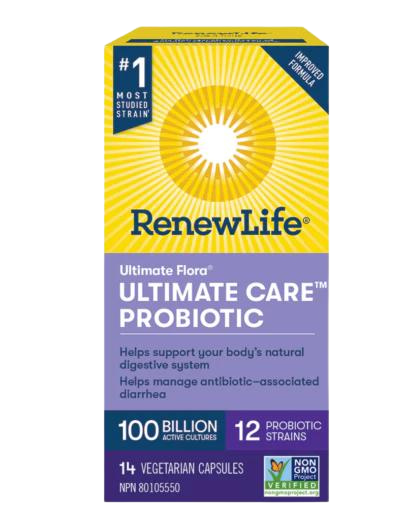
As you probably know, there are many different factors that can contribute to your mental health. Having healthy gut bacteria can have a direct impact on your mental well-being. RenewLife makes an excellent probiotic that will help support your body’s natural digestive system.
Purica Red Reishi
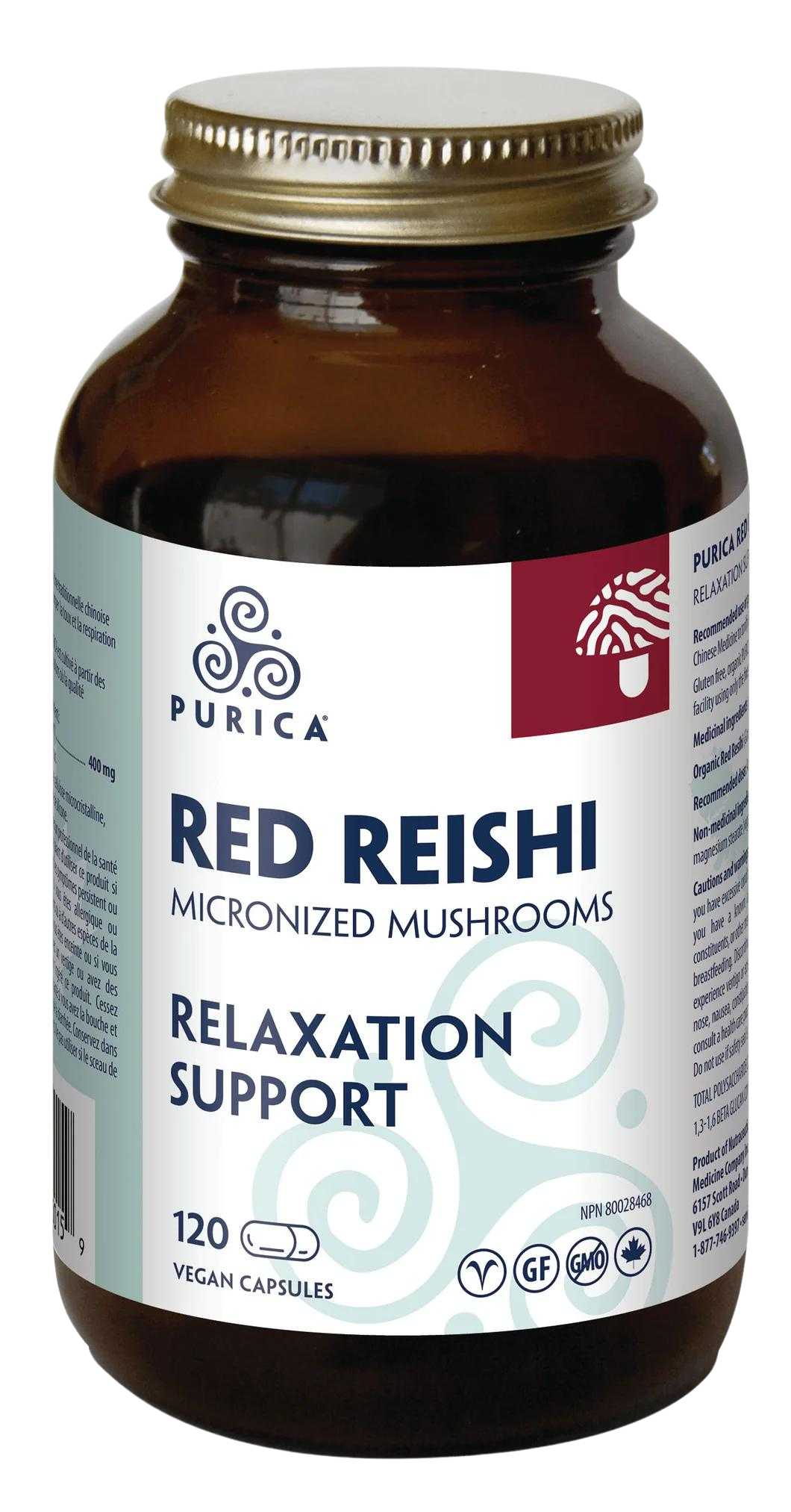
Several studies have shown that the bioactive in Red Reishi have neuroprotective effects and the ability to alleviate depression symptoms. Purica makes an efficient product that can be very helpful during those cold, lonely winter nights.
St. John's Wort
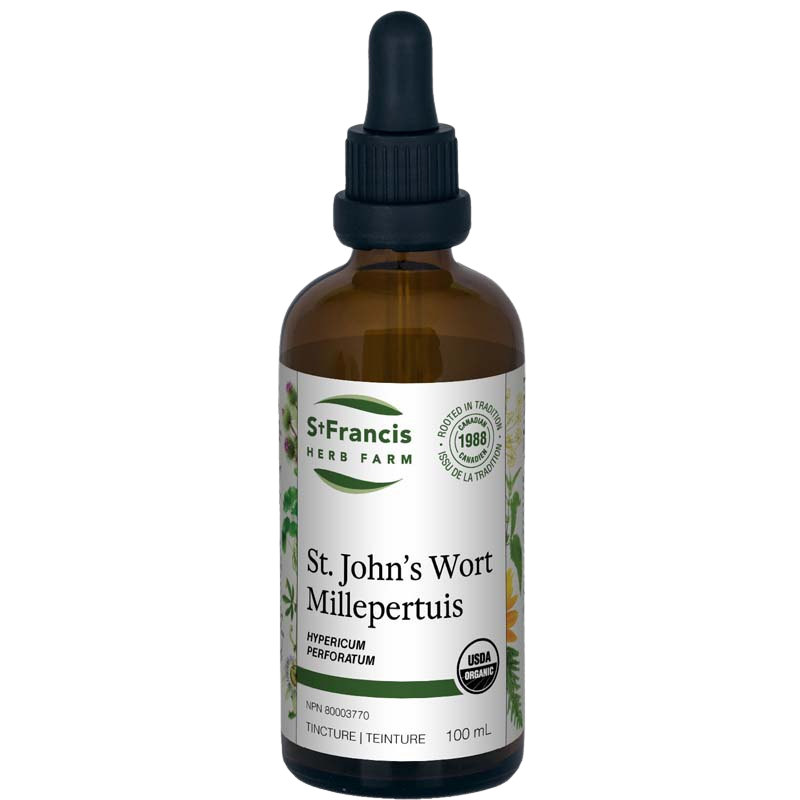
St. John’s Wort is a topical antimicrobial that has a long history of use as an an aid in relief of restlessness and nervousness and is known for its calming properties. The team at St. Francis has carefully crafted this effective product that will help with anxiety. It can help you feel relaxed and calm when the weather takes a turn for the worse.
Ginger Root
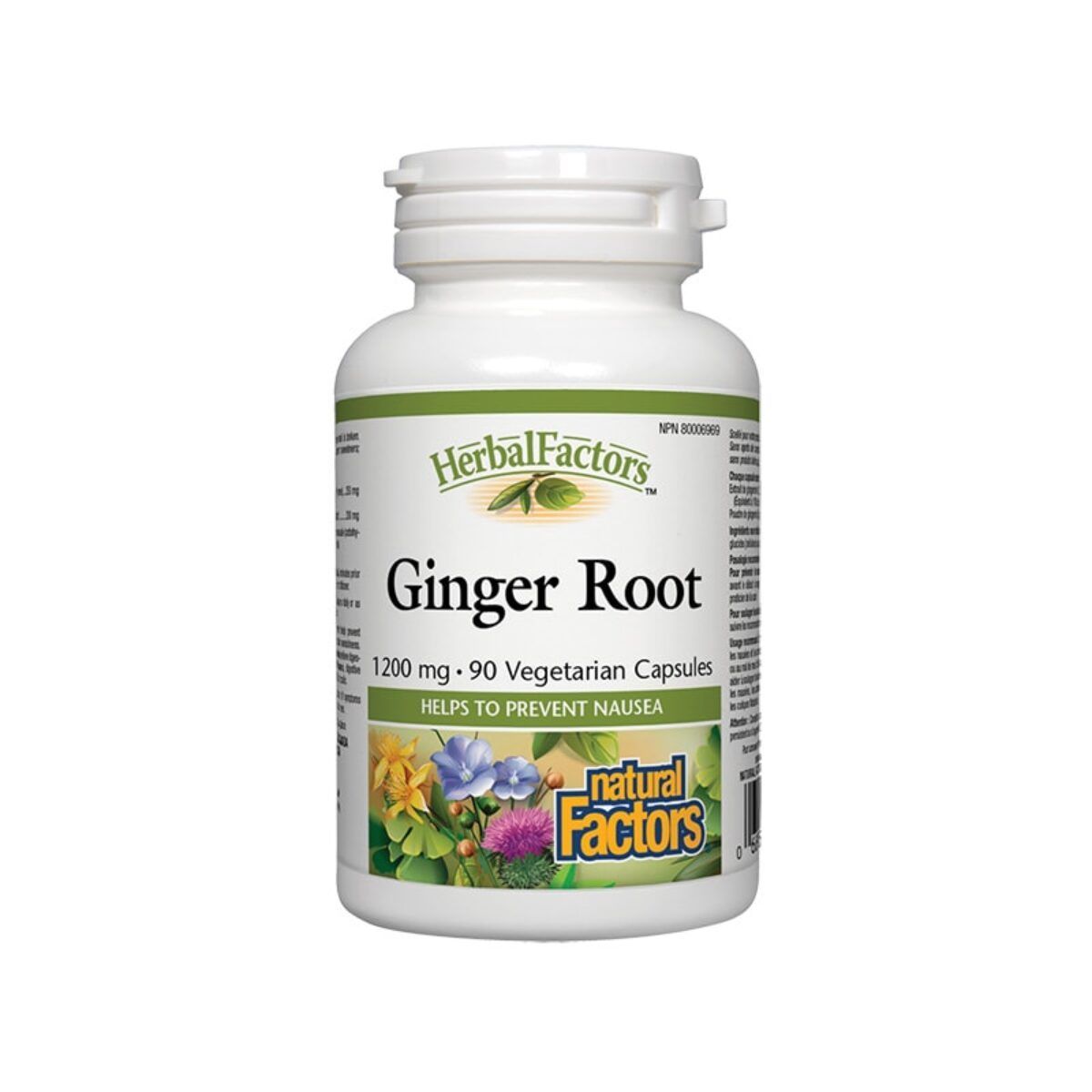
Herbal Factors Ginger root is an anti-inflammatory and antioxidant which has been found to improve cognitive function and increase serotonin and dopamine levels.
*Please note that this information is not intended to replace appropriate professional advice. Please check labels for contraindications and consult your pharmacist if you take prescription medication.
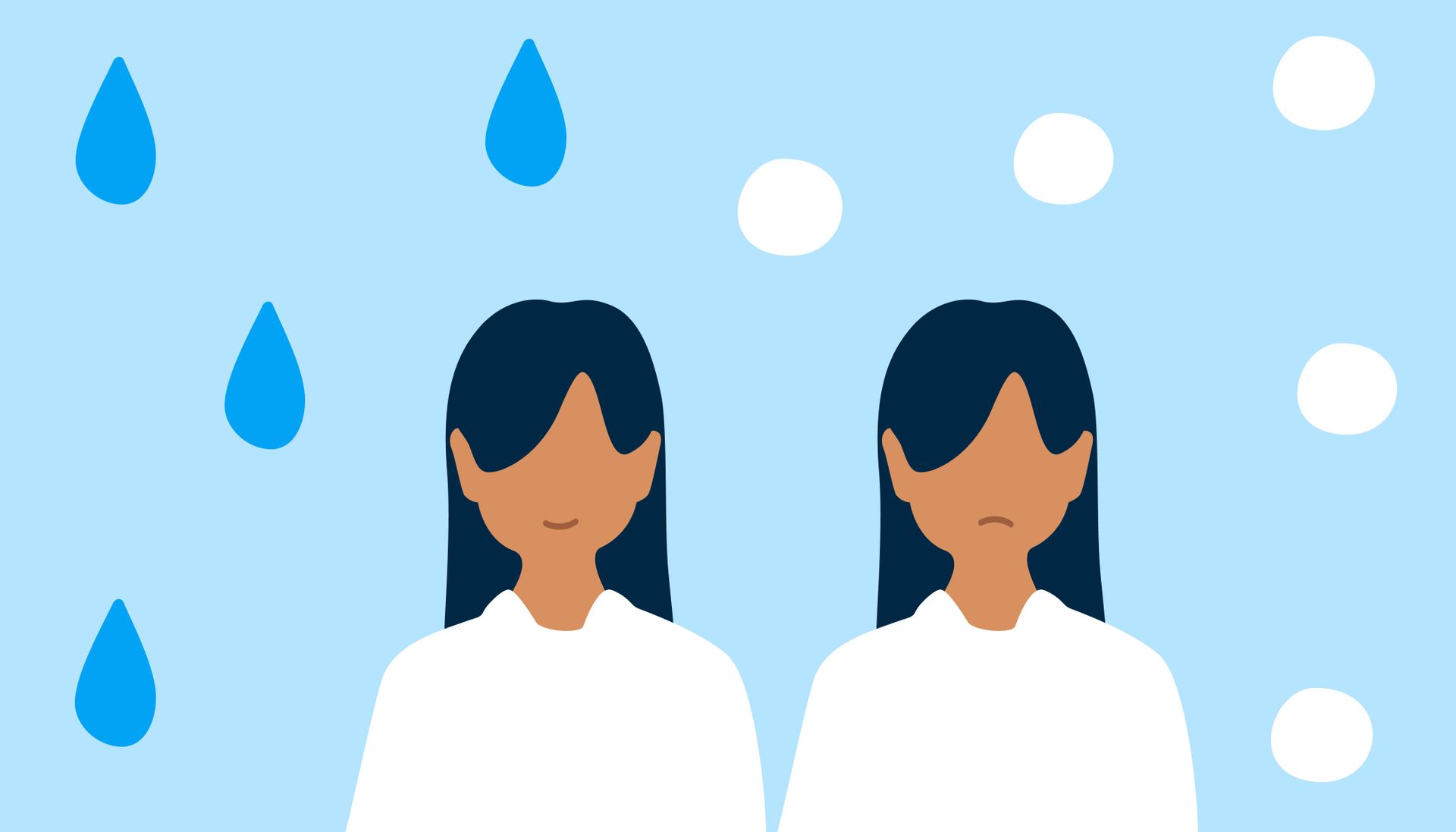
In Conclusion
Seasonal Affective Disorder is real and the lack of sunlight can have an impact on your mental and physical health. It can be tough to get through those winter months but remember, there are many different reliefs that can help you fight against the depressing, dark and cold winter weather that plagues us all. It’s an uphill battle, but as long as you continue fighting and taking extracts that can improve your mental/physical health, you will be able to get through this.
Enjoy the winter months as much as you can and remember, you can always pop in to Jo Anne’s Place Health Foods to receive a smile and expert advice for healthy nutritional options.
